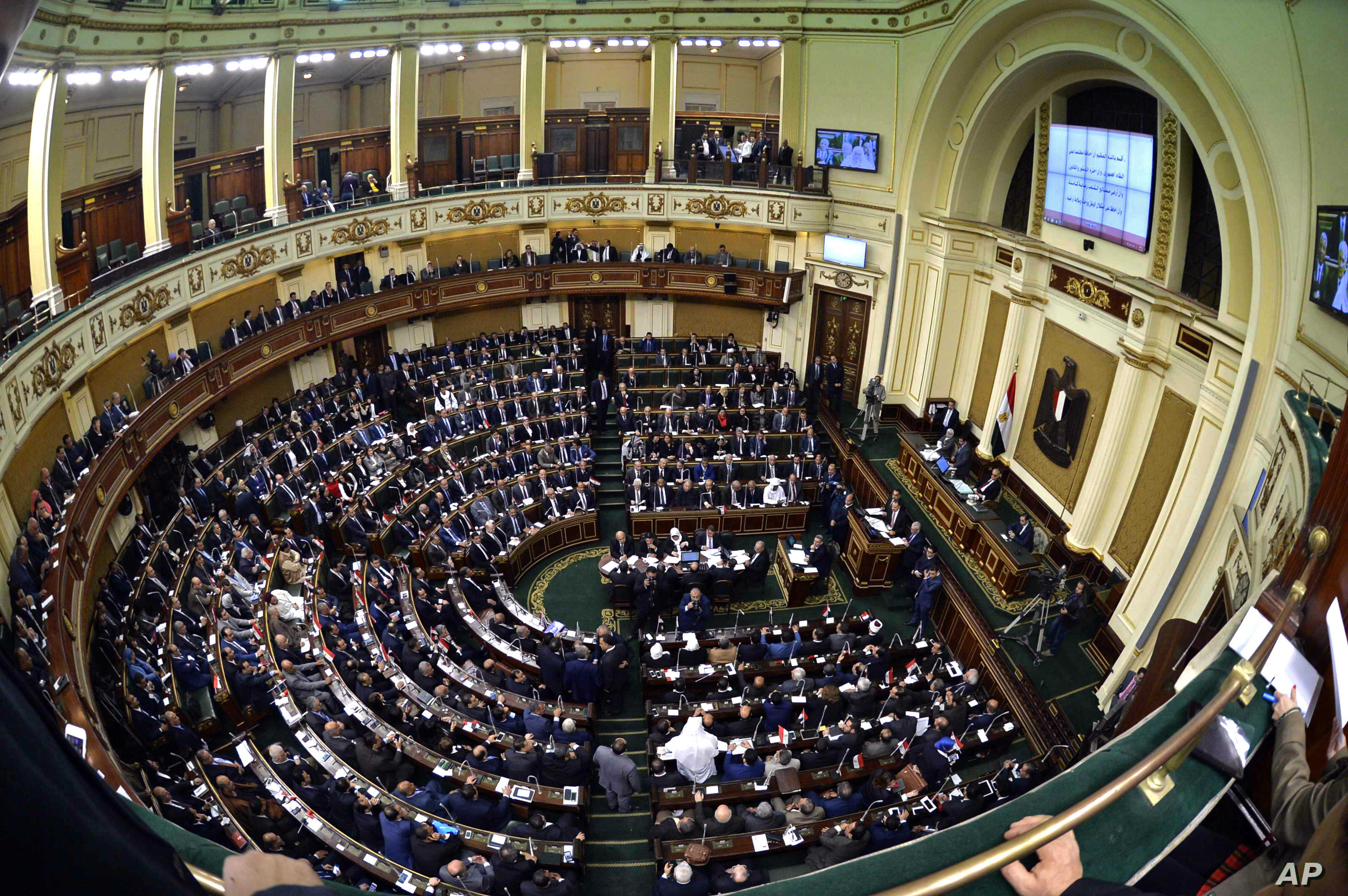Amnesty International’s report on killings, detentions and torture during the 25 January revolution, released on Thursday, reveals the Mubarak regime’s common practice of resorting to excessive use of force, albeit magnified by the volume of the protests.
The report is the product of field research, through which the Amnesty International team documented the circumstances of the killing or torture of 93 individuals by security forces in six cities. The research team conducted the work between 30 January and 3 March.
“The excessive use of force has been used in the past, but its degree was unprecedented because the protests themselves were unprecedented,” said Mohamed Lotfy, a researcher with the organization and a key player in the team working on this report.
“In every place we went, we could not document a single case of violent protester who presented a threat to life that requires the use of force and the use of live ammunitions,” Lotfy said.
The 100-page report documented the use of tear gas, water cannons, lethal shotgun ammunition, rubber bullets and live ammunition by security forces, mainly to disperse crowds.
“In some instances, the security forces drove into protesters in armored vehicles. In others, they beat protesters they apprehended with batons or sticks and kicked them,” the report says.
According to Amnesty International’s research, the shotguns used, commonly known as buckshot, are usually fired from a long range, as their pellets spread out in flight and cover a wide area. During the protests that led to President Hosni Mubarak’s ouster, they were fired at short range, making the pellets hit vulnerable parts of the body, such as eyes, face and throat, as documented by the injuries reported by hospitals and medics.
“Force should not have been used when protesters were mostly peaceful,” said Said Haddadi, a researcher with the London-based human rights watchdog. “Even when protesters became violent by throwing stones or Molotov cocktails, they could still be stopped without excessive use of violence.”
Tear gas, Haddadi added, should only be used in riots, when an imminent threat to life is present. “In the case of the anti-government protests, the use of tear gas was also disproportionate,” he said. Moreover, there is no evidence of the security issuing warnings before resorting to the use of force.
Egypt’s security services violated the country’s own legislation regarding the use of force and firearms to disperse protests, as per the Minister of Interior Decree 139 of 1955, the researchers said.
According to the decree, those gathered must be provided with an audible warning, using loudspeakers if necessary, that force will be used. The warning should include clear indications of the time granted for protesters to disperse. Use of tear gas is allowed only if such warnings are ignored, and live fire is allowed if there have been attacks on members of the security forces or attacks that target lives, money and infrastructure. Finally, live fire should only be directed at the feet and no fire in the air should be allowed to avoid injuring people, especially those not taking part in the protests.
Throughout Amnesty’s mission, researchers collected testimony from families of victims. “We had to go beyond the reach of our traditional contacts,” said Lotfy. “We earned the trust of some community members, and through them managed to meet more families,” he added, saying that the researchers realized they would need to reach into communities and beyond their network of contacts in the human rights world.
Families were keen to share their stories with Amnesty’s team, especially at a time when most local human rights activists were busy in the protests, the researchers said.
“Families who lost their loved ones were not afraid to talk to us. I guess nothing is worse than loosing someone,” said Lofty.
Amnesty International continues to document human rights violations now being perpetrated by the military police, which acts as a law enforcement body now that Egypt is ruled by the Supreme Council of the Armed Forces.
“Like the security forces, the military police has the same [human rights] obligations. The fact that it is a military force doesn’t change anything,” said Lotfy.
Lotfy and his team have documented human rights violations perpetrated by the military police against protesters, mostly in the form of torture in three main locations: the Egyptian Museum, which has been used as a makeshift military detention facility, the military prison and the Nasser military academy.
The Amnesty report was submitted to the authorities in the hope that it be considered during the current investigations of central government security officials at the ministry level as well as at the local level in police stations. The researchers also hope that ongoing investigations will present an opportunity to reveal pre-revolution violations as well as those that occurred on 25 January and after.
“Those trials are a real opportunity for truth. That’s why we hope no death sentences are issued, not only because we’re opposed to the principle of death sentences, but also those in trial hold a lot of information about people who have been tortured in the past,” said Lotfy.
“For people to be able to open a new page with the security [apparatus], the problems of the past need to be resolved,” he said.




